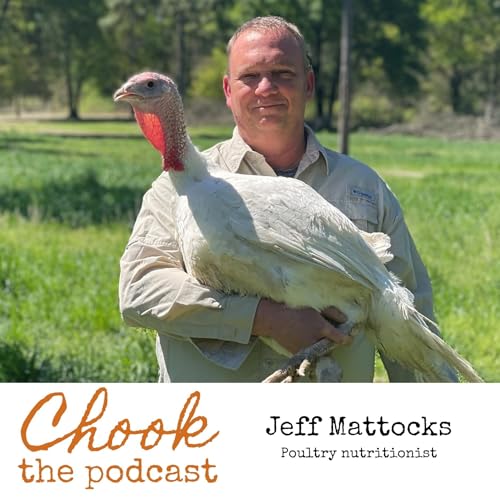Alf Woods is a singular figure within the Australian poultry community and someone who, in show circles, truly needs no introduction. He went to his first show at the age of 7 and, now 98, he’s been a fixture at the Melbourne Royal ever since. Having spent 9 decades in poultry, participating at just about every level of the fancy, it was a priceless opportunity to sit down with Alf and pick his brain. This conversation is jam packed with not only instruction in how to breed but anecdotes from a lifetime spent around chooks and chicken people.
Alf discusses:
— His method of single mating all his birds
— The importance of ruthless culling to eliminate faults
— His poultry "bible" aka stud book
— How he feeds his birds
— Some of the best reads from his enviable library of chicken books
— The unique Japanese fowl known as the Onagadori
— How he's never wormed a bird
— His daily routine with his birds, at 98
— His advice to new breeders starting out
— The perils of buying birds online
— Eating chicken soup every night
— Brother-sister matings
— The longest he's kept a line pure without outside blood
— Why you should not have a feed hopper in your chook pen
— Whether you should outcross to a male or female bird
— Beetle green sheen versus purple
— The fine line between show preparation and faking
— Whether he's ever bred himself into a corner and had to abandon a line
— How he trims rooster spurs
— Memorable adventures from a lifetime in chickens
 54 分
54 分 2025/10/2549 分
2025/10/2549 分 51 分
51 分 16 分
16 分 2025/10/041 時間 2 分
2025/10/041 時間 2 分 2025/09/2748 分
2025/09/2748 分 55 分
55 分 39 分
39 分
